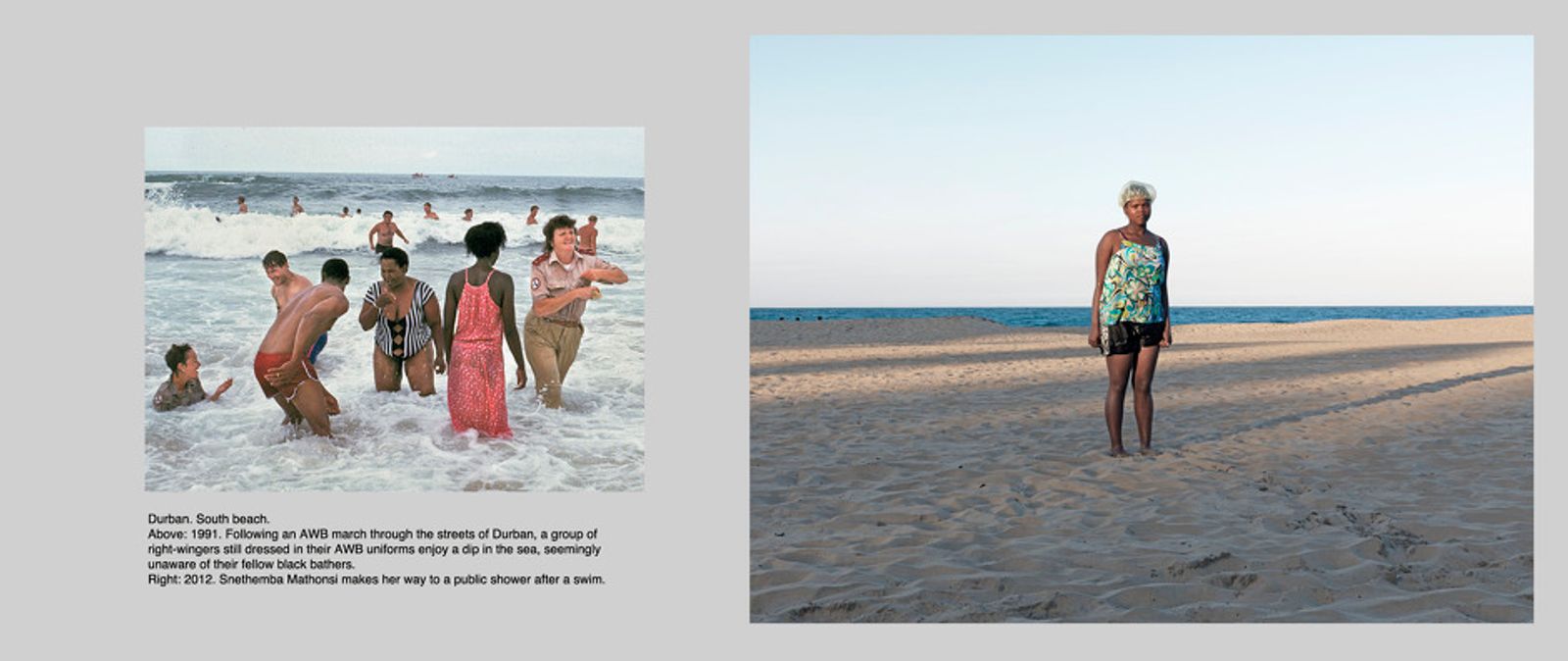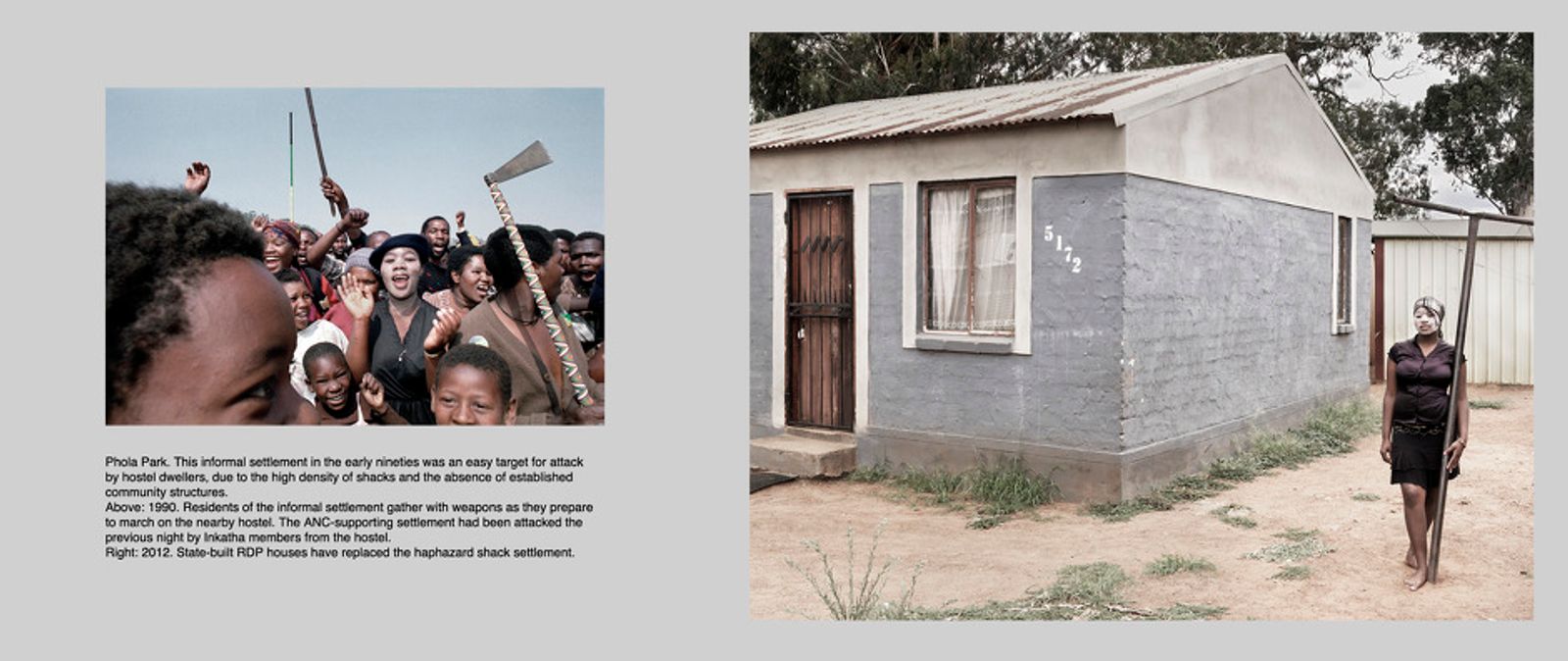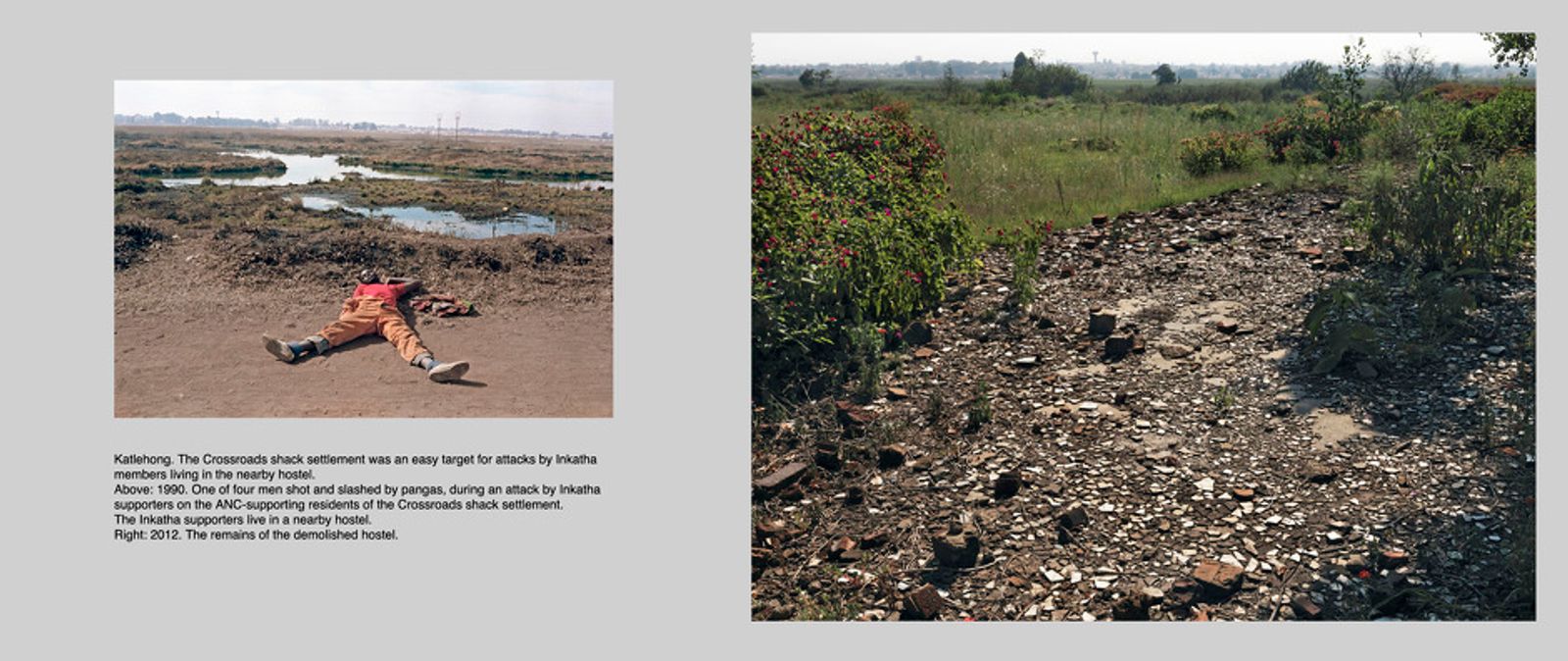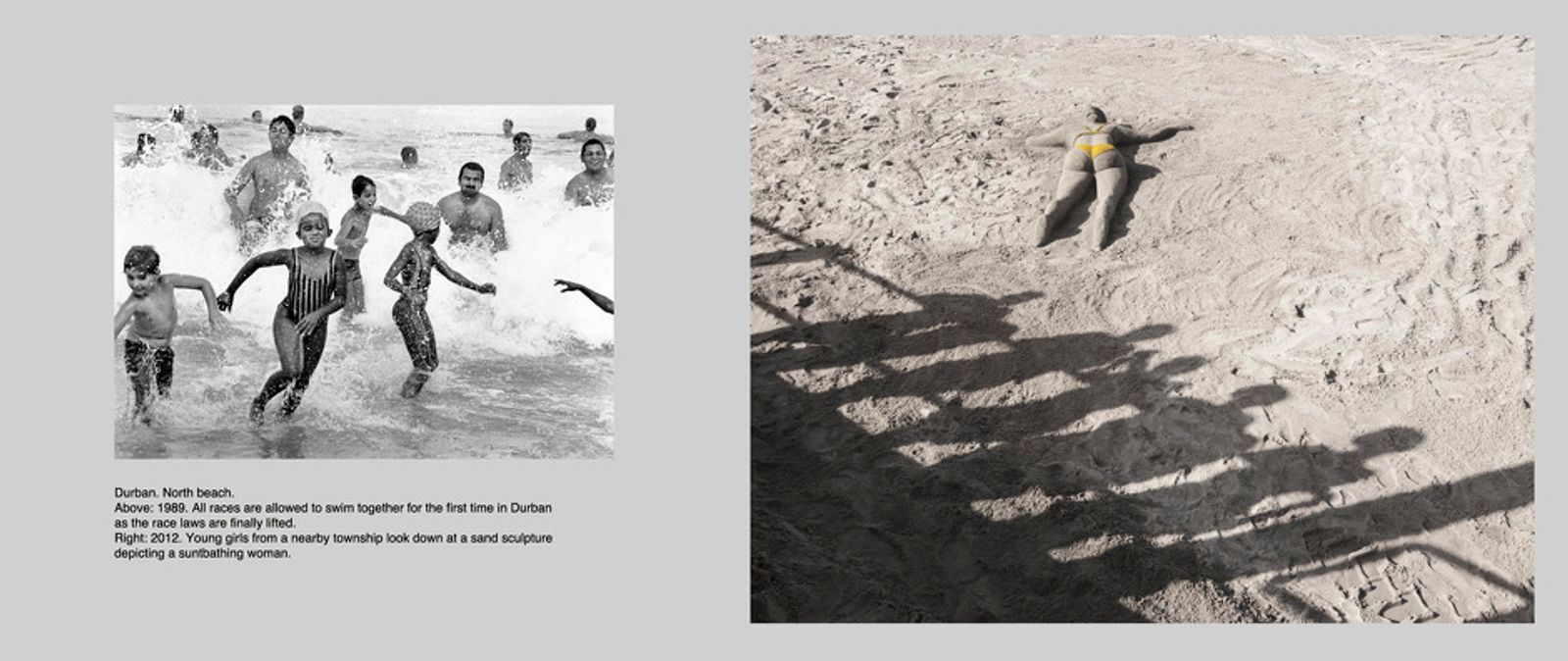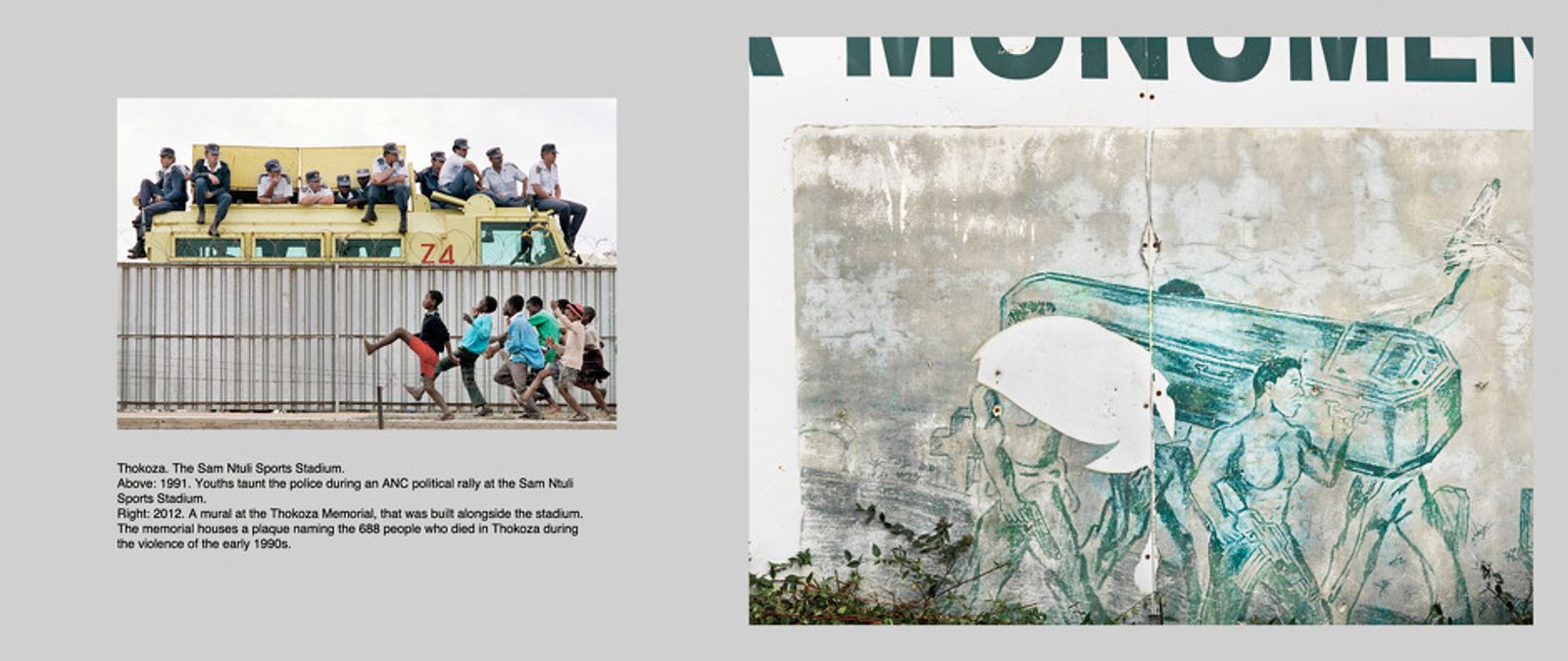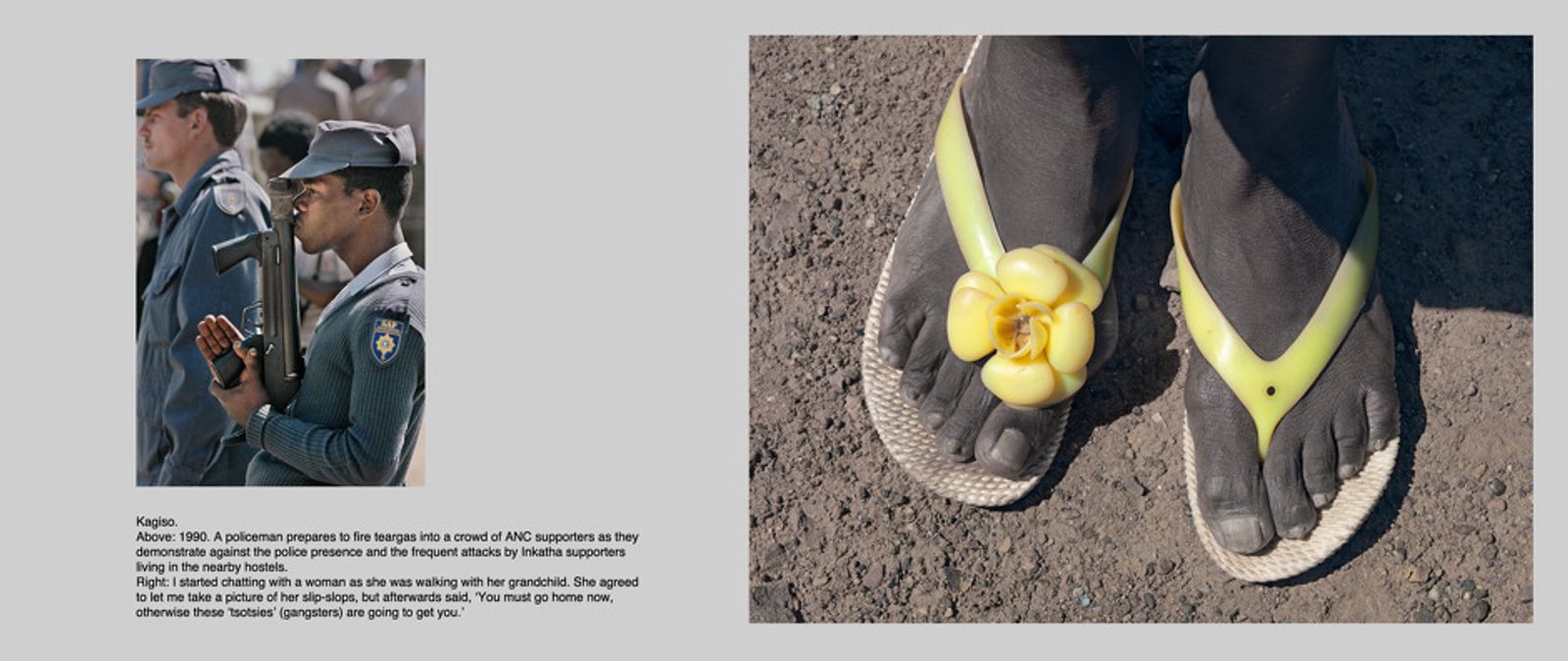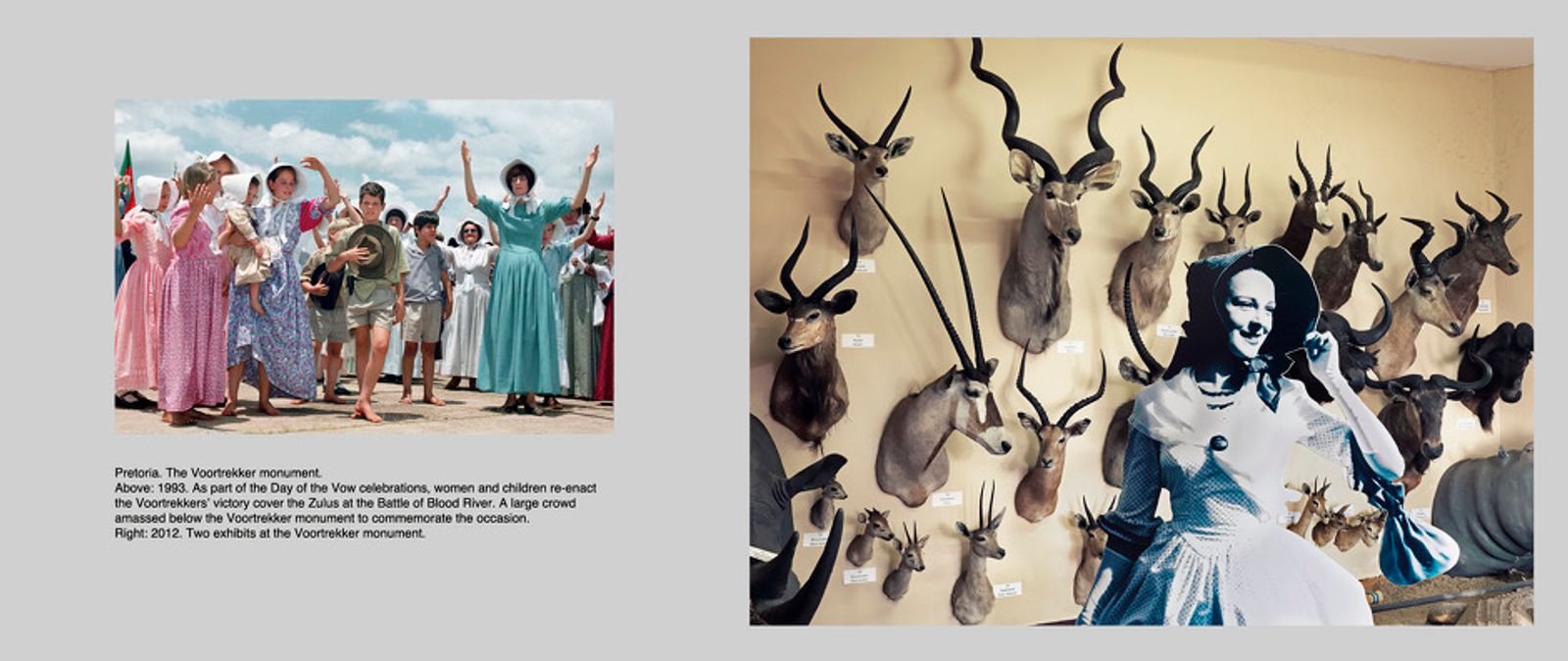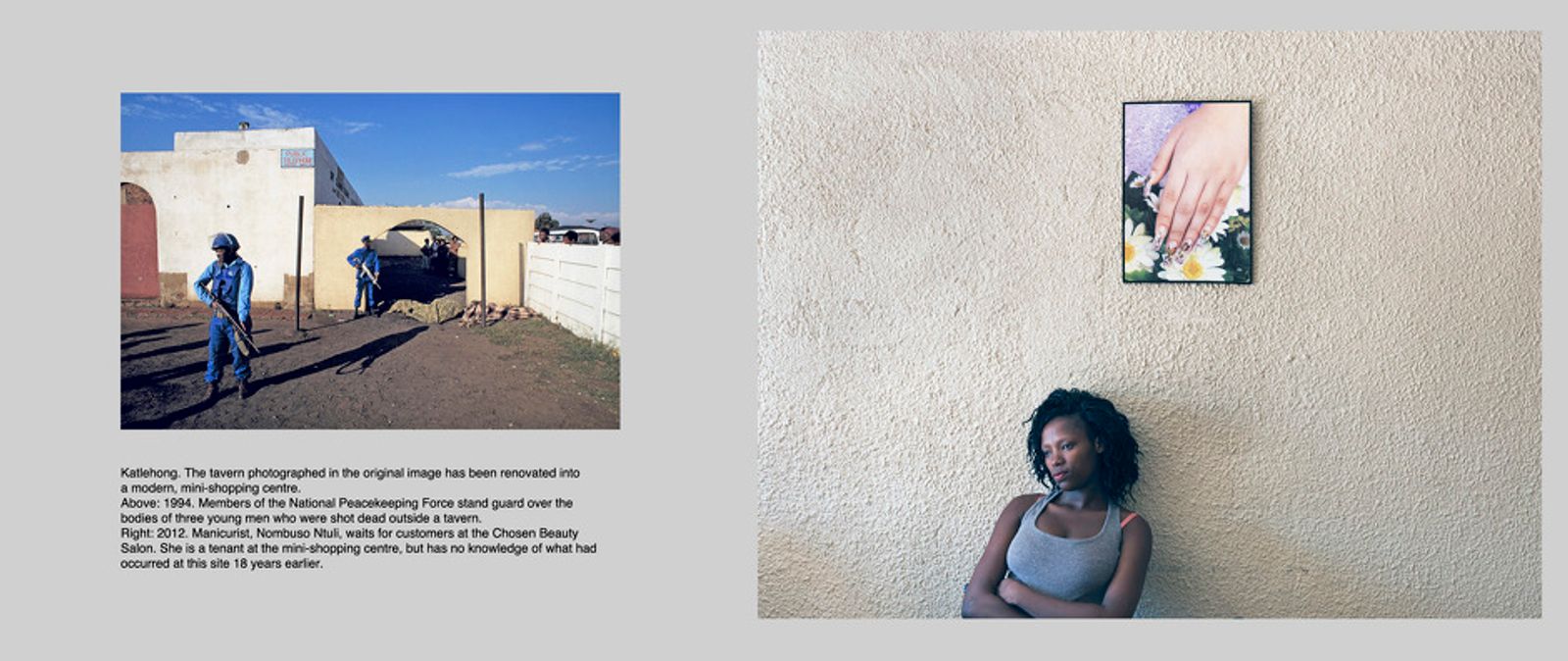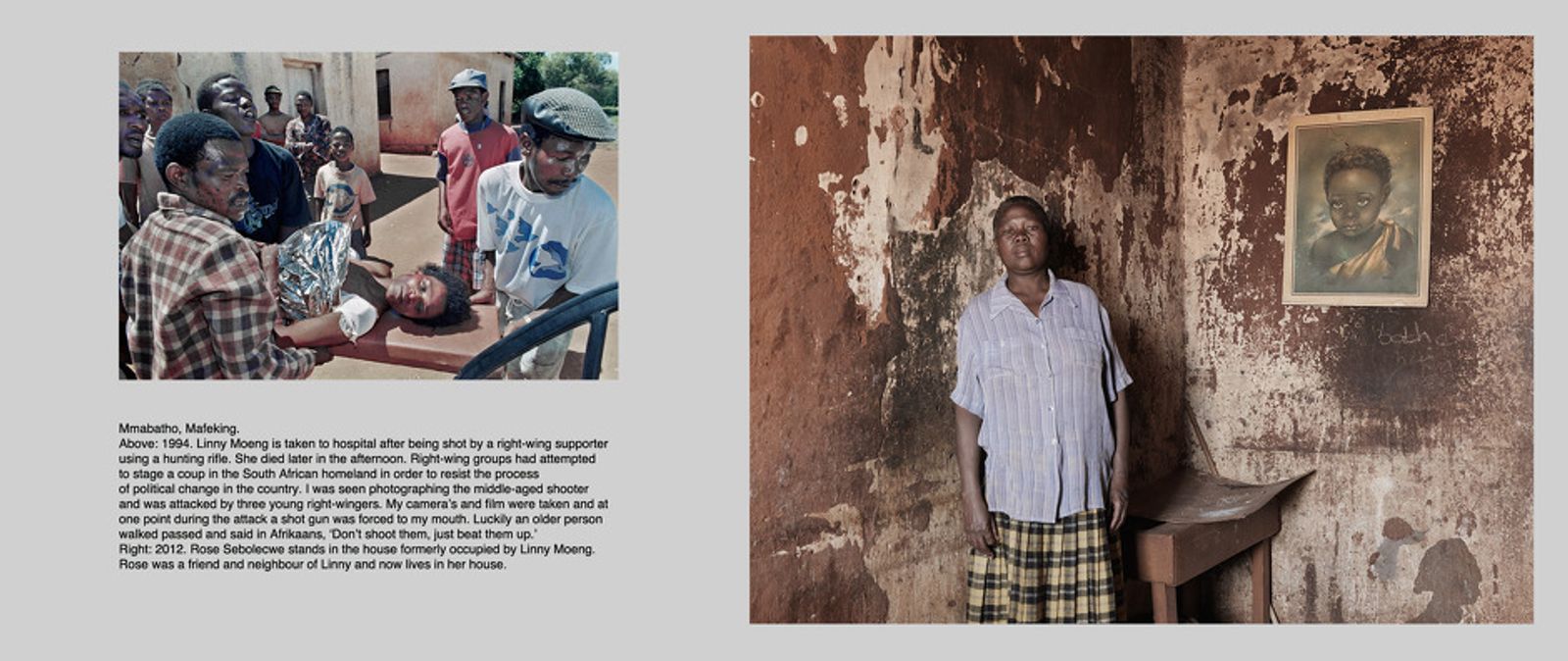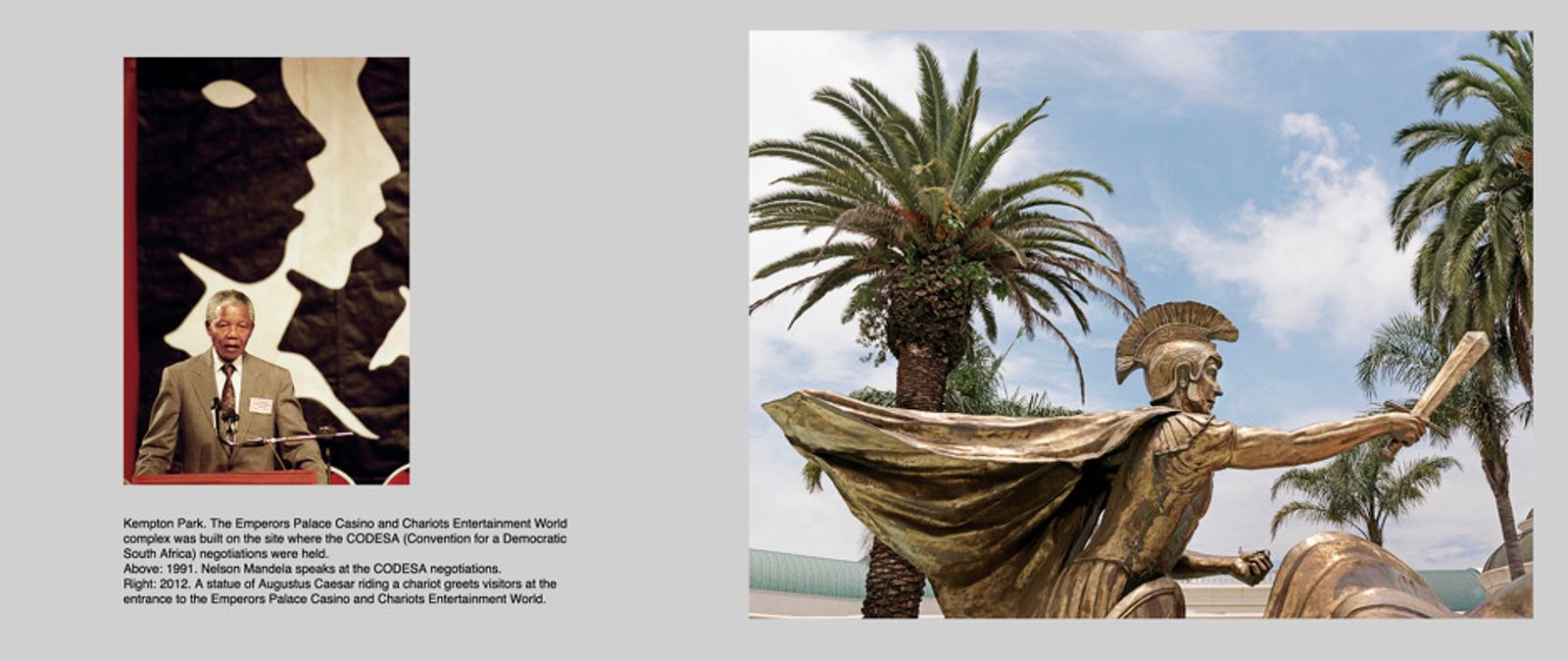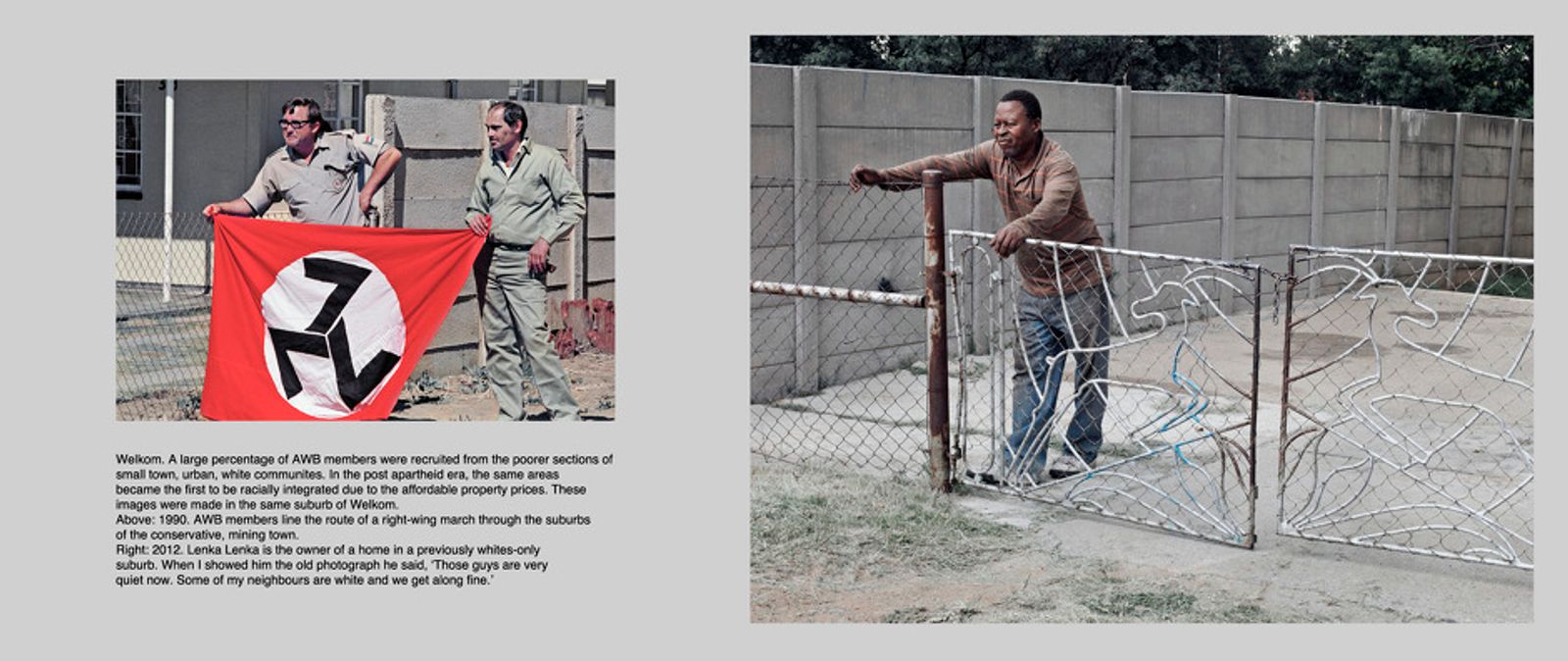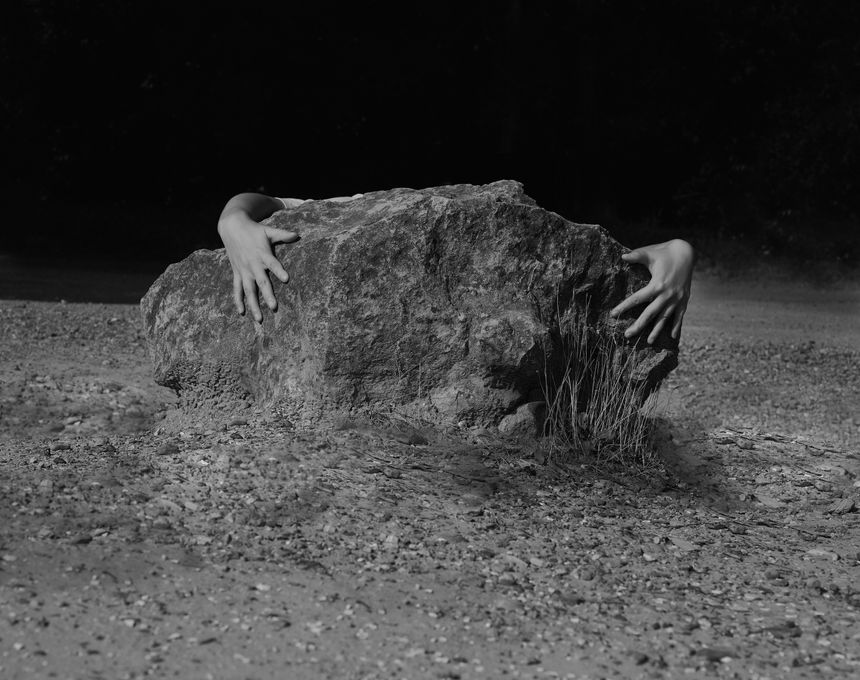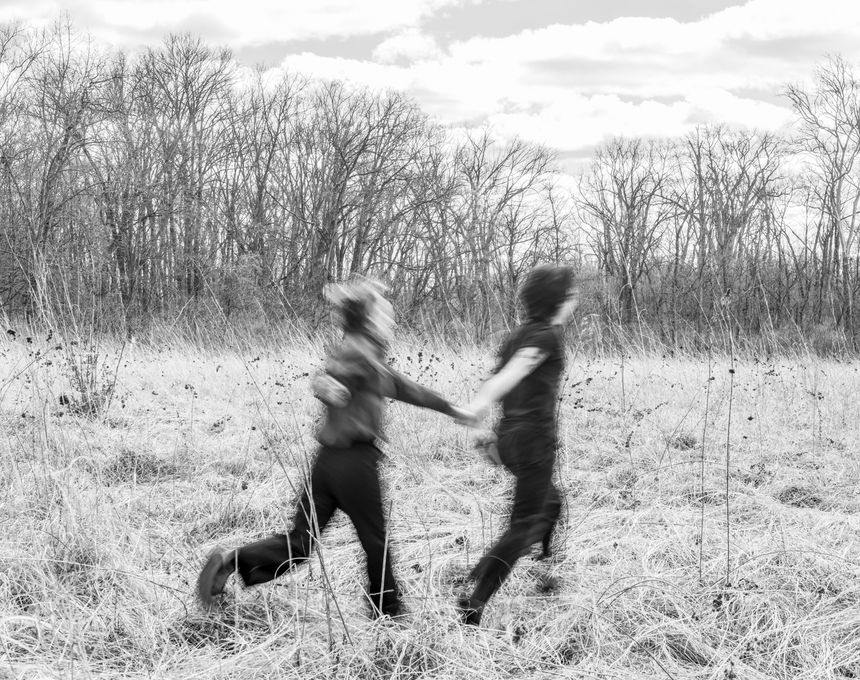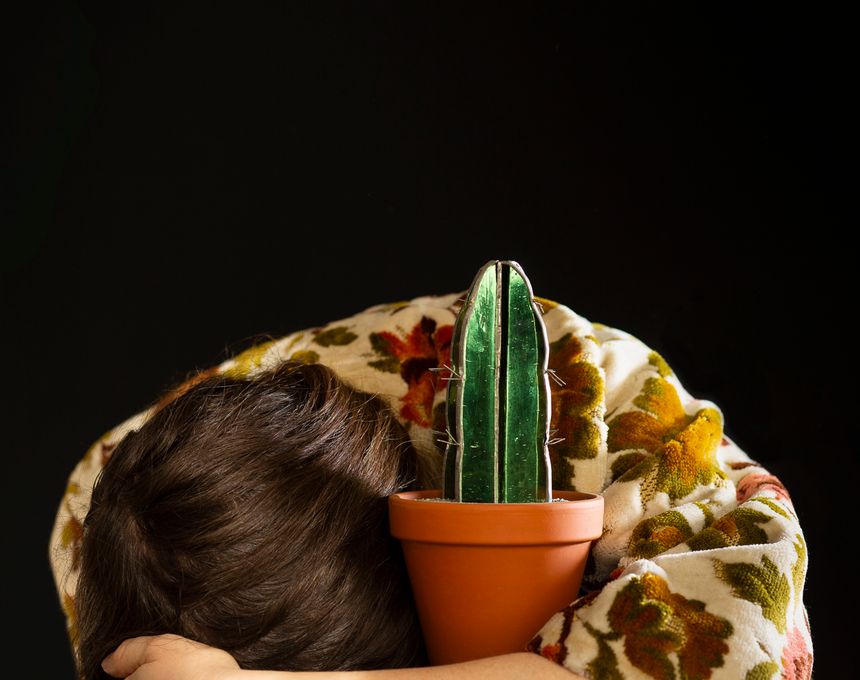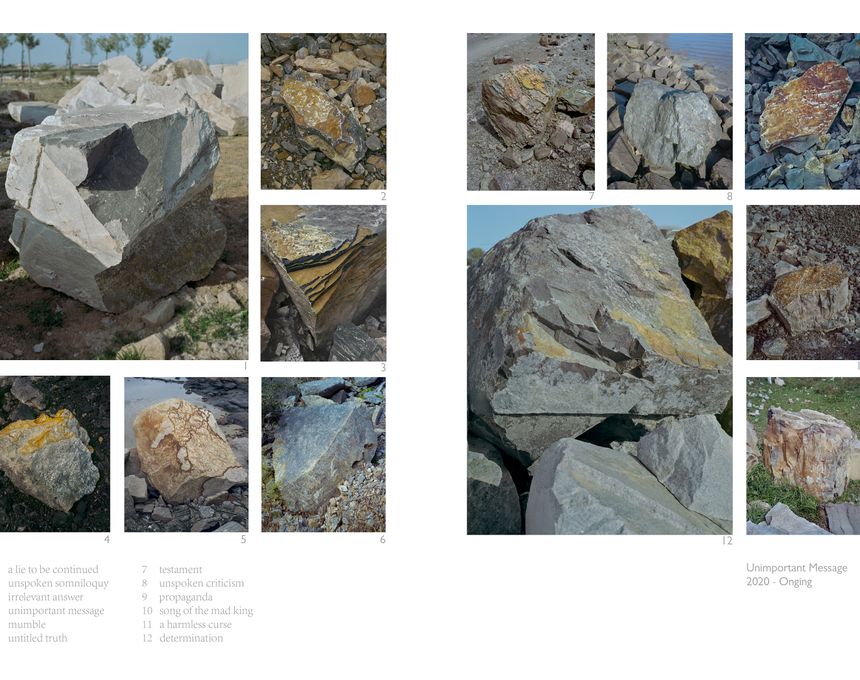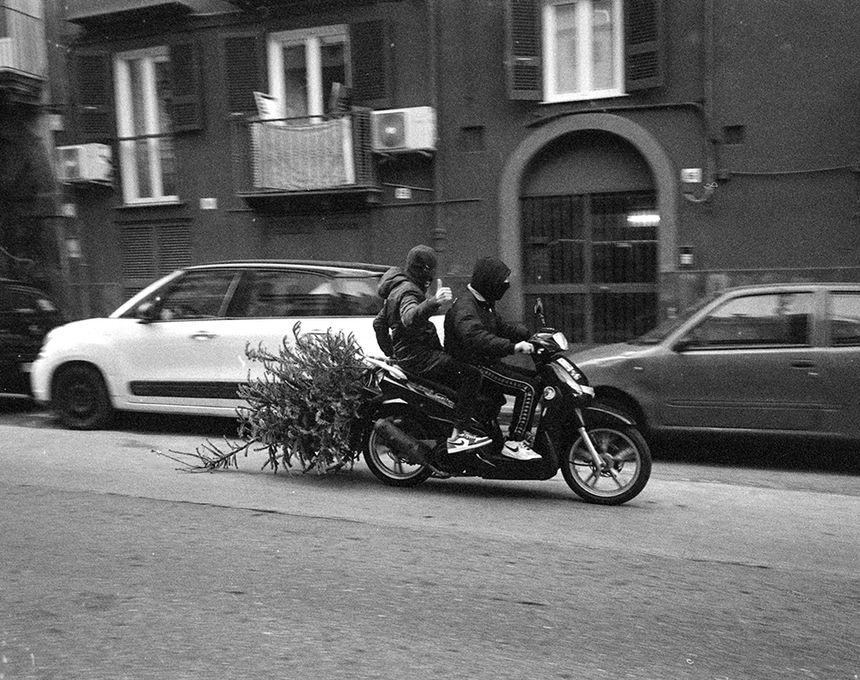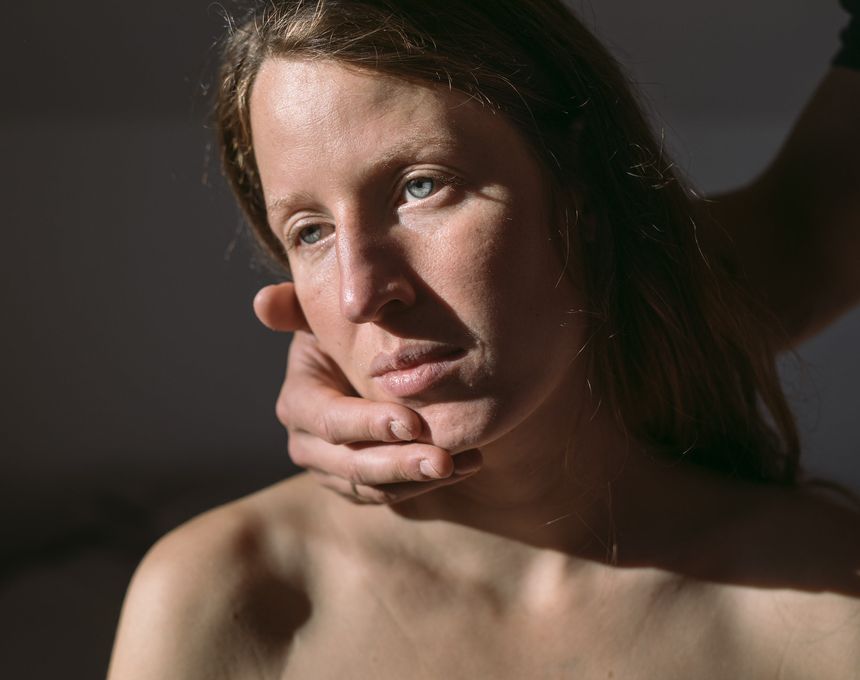Previously Significant Places
-
Dates1989 - 2013
-
Author
The project focuses on places that, during a pivotal period in South Africa’s history, assumed great significance.
The project focuses on places that, during a pivotal period in South Africa’s history, assumed great significance. Between the late 1980s and 1994 the country was treading a delicate path between civil war and transformation. Political instability and violence were the order of the day.
As a photographer working for Reuters, Associated Press and various European and American newspapers, I covered many aspects of the transformation process. There were highly dramatic moments such as the release of Nelson Mandela and the murder of ANC leader, Chris Hani, but there were also many subtle moments that reflected the lives of ordinary South Africans, living through this tumultuous period.
Now, some twenty years later, the country is struggling to rebuild a damaged society and to secure its fledgling democracy. My perspective and associations with the events that occurred in the early nineties have also shifted. By returning to the locations where I photographed these previously significant moments, I am exploring the level of the country’s transformation or lack thereof, as well as my own response to these spaces.
On a broader level, the essay also explores a more general human response, which is not specific to South Africa. The emotional and intellectual projections that each individual places on significant moments in time are subjective and therefore not fixed. These projections are different for each individual and they are also subject to change over time.
I have combined recent images with historical images in a dyptech format in an attempt to create a visual puzzle that both links and disconnects the images. The earlier images were made with a news focus in mind, so the basic facts pertaining to the moment dominate. The locations now lack the intensity that the earlier events provided and therefore a different, more contemplative approach is required.
